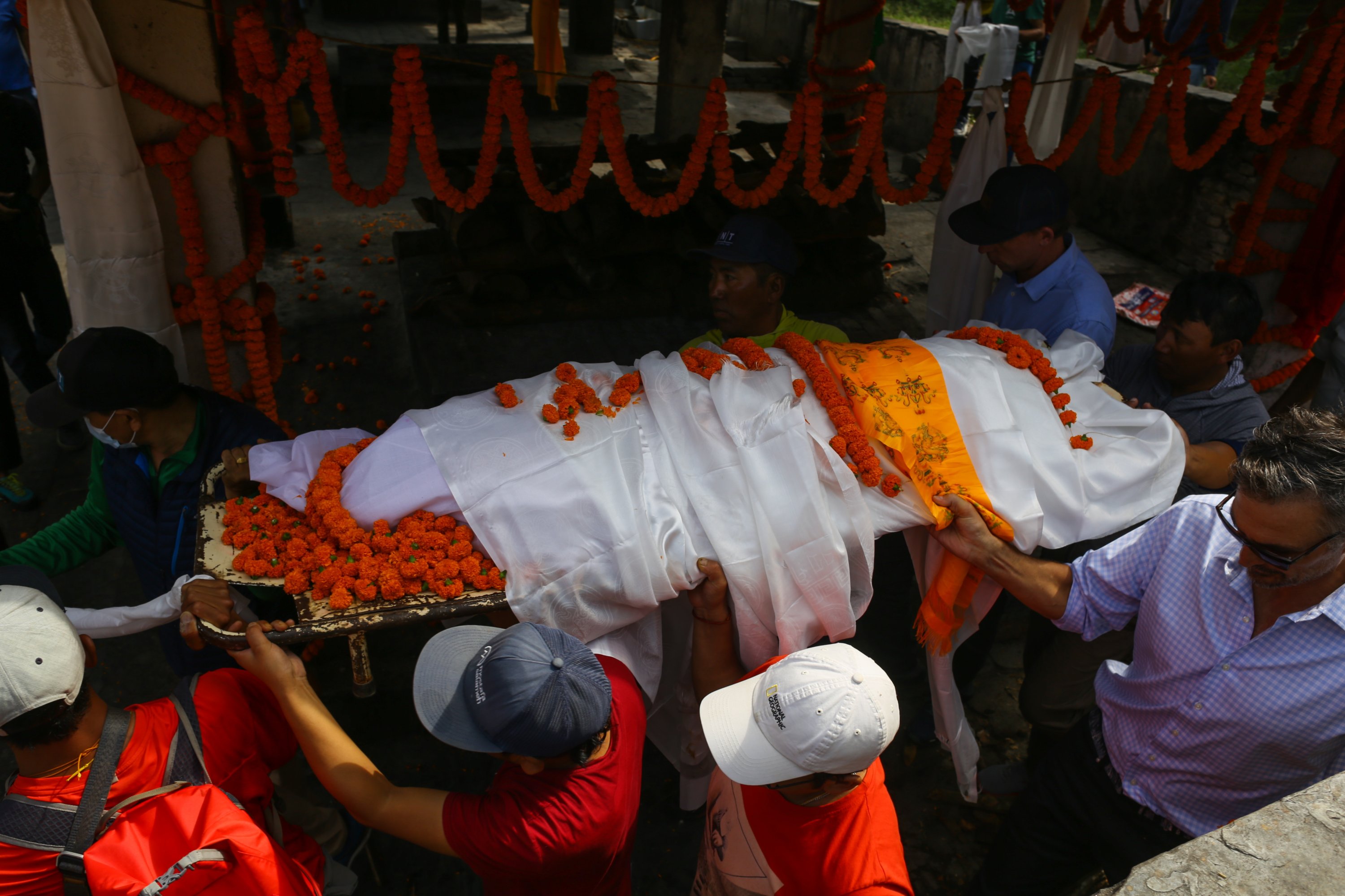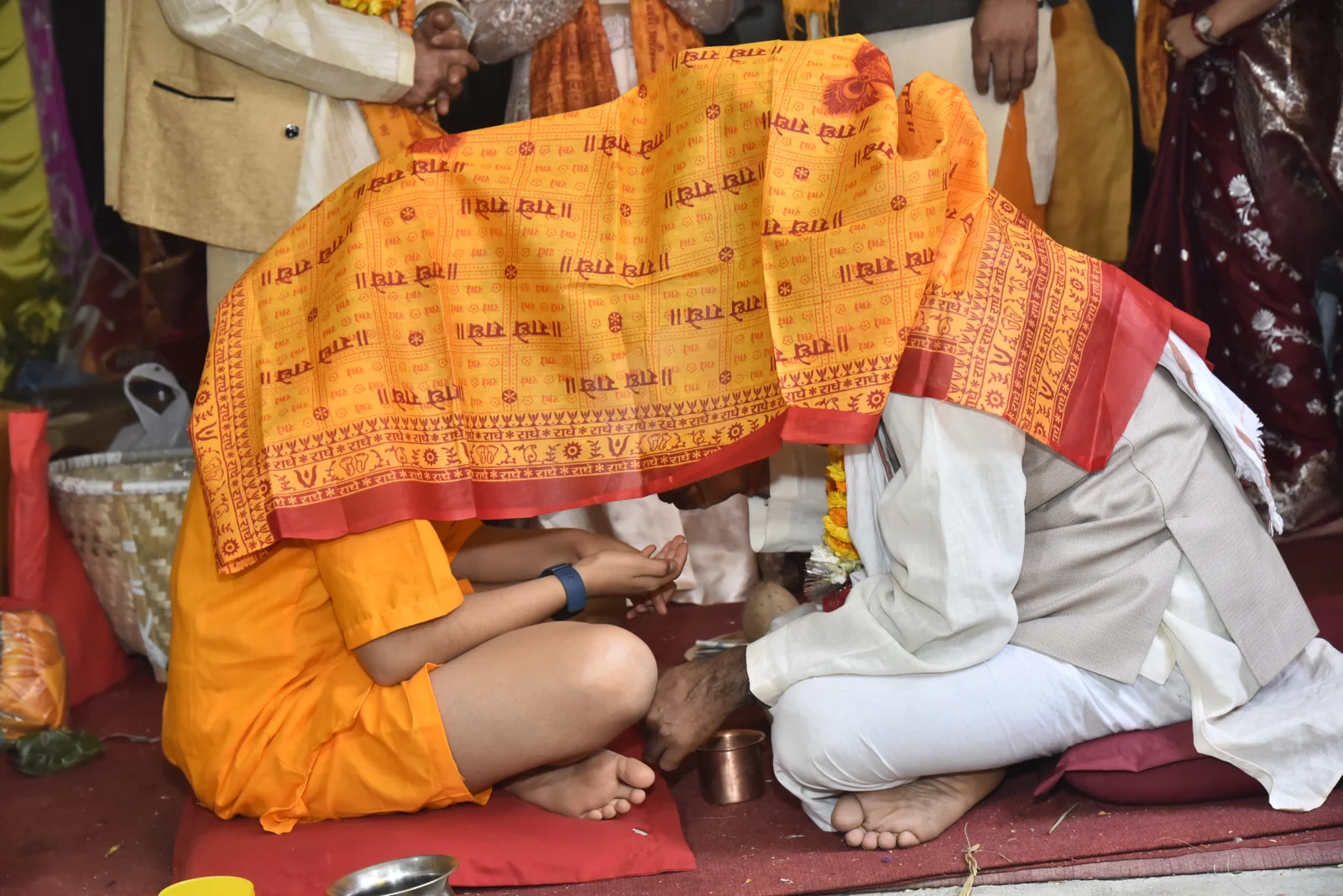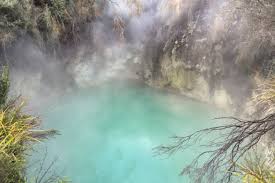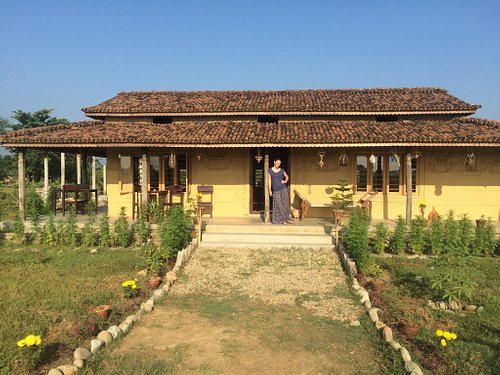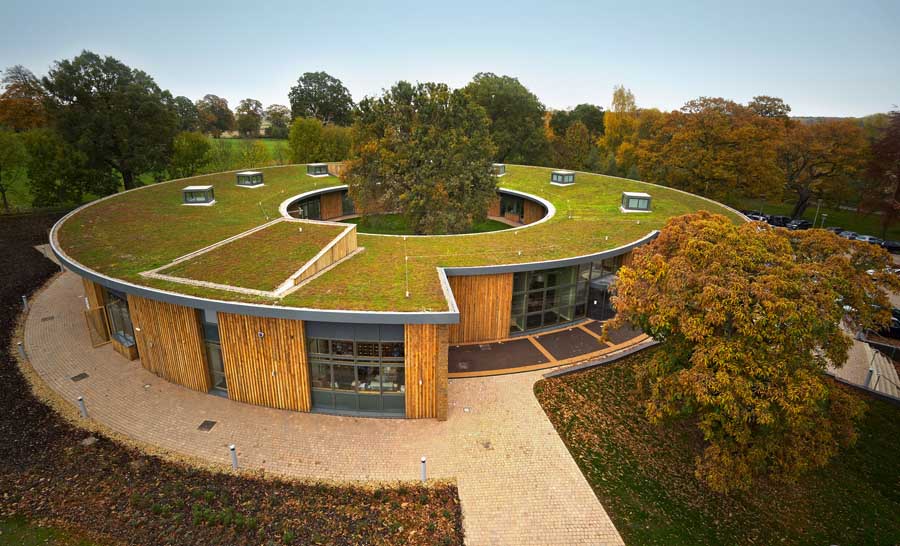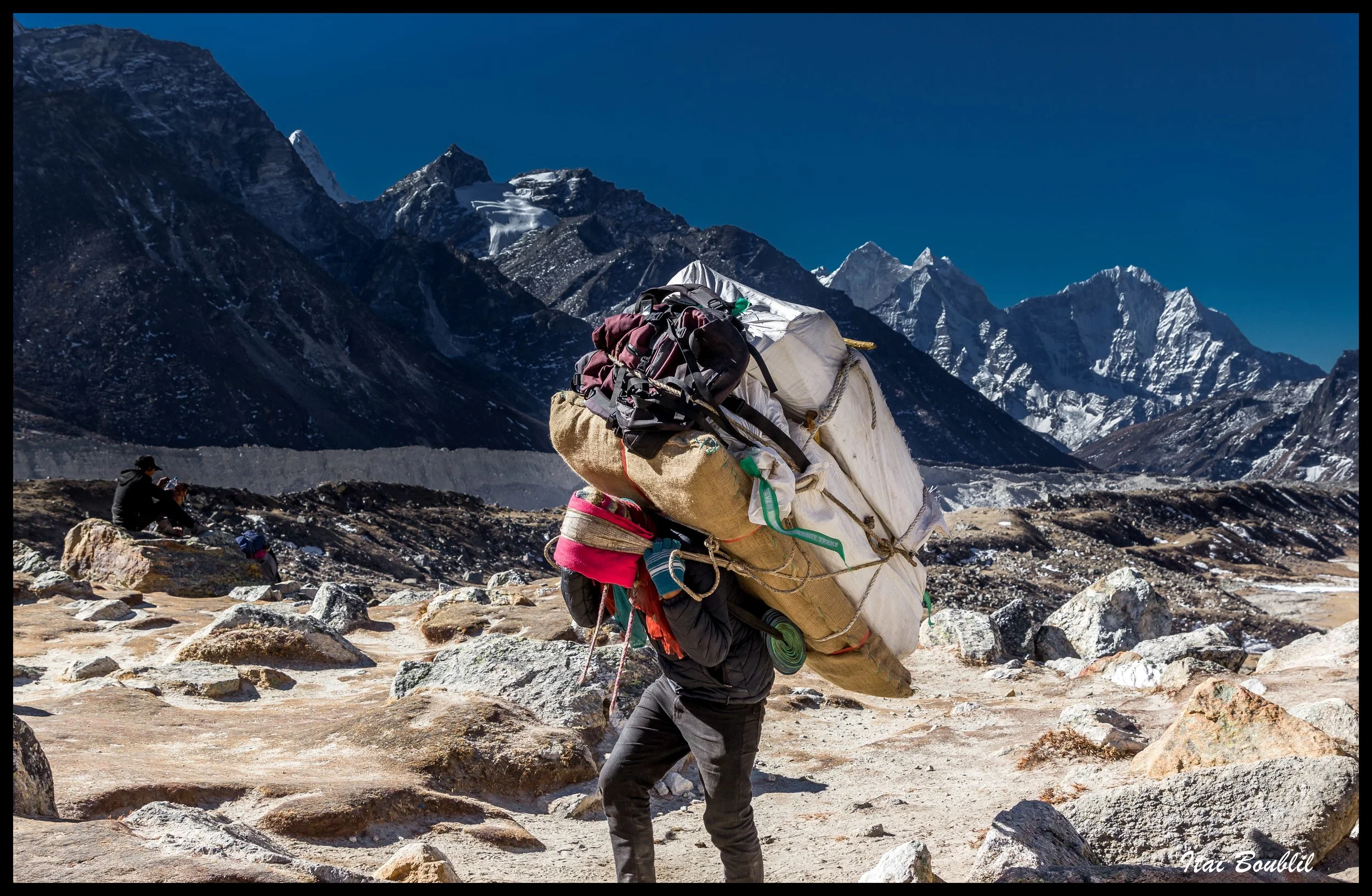Share this Article
Introduction
In the vibrant tapestry of Nepal’s cultural heritage, few traditions are as evocative and socially significant as the musical legacy of the Gandharva community. Known traditionally as Gaines, the Gandharvas are an itinerant caste of bards, storytellers, and musicians, whose songs once resonated through the hills, valleys, and villages of rural Nepal. Accompanied by their beloved madal—a double-headed hand drum symbolic of Nepali folk rhythm—they were the bearers of oral news, social critique, mythology, and historical memory.
Today, however, the melodies of the Gandharvas are fading into silence. Globalization, mass media, economic hardship, and cultural marginalization have rendered this once-vital tradition increasingly obsolete. The decline of Gandharva singing is not merely the loss of a musical form; it is the erosion of a living oral archive, a spiritual craft, and a social institution that once connected Nepalis across caste, geography, and class.
This article explores the origins, cultural functions, musical forms, and current challenges facing the Gandharva tradition, while also highlighting efforts—both grassroots and institutional—to preserve this vanishing art.
Historical Origins of the Gandharva Caste
The Mythological Connection
The term “Gandharva” is derived from Sanskrit and appears in Hindu scriptures as celestial musicians in the court of Indra, the king of gods. They were believed to possess divine musical skills and were responsible for entertaining deities in heaven. This mythological identity likely influenced the naming of the Gandharva caste in Nepal, though their lives on earth bore little resemblance to the celestial beings of Vedic lore.
Caste and Function in Traditional Nepali Society
Historically, the Gandharvas were considered part of the occupational caste system, classified under the “Matwali” (liquor-drinking) middle caste, but placed lower in the social hierarchy. Their primary occupation was musical performance, particularly traveling from village to village to sing ballads that included:
- Historical epics
- Local news and gossip
- Praise songs (especially for patrons)
- Love stories and moral tales
The Gandharvas lived a nomadic life, often walking for weeks with only their madal and sarangi (a bowed instrument) as companions. They would be welcomed by villagers who anticipated entertainment, news, or poetic flattery. In return, they received food, clothing, or small gifts, sustaining themselves through communal patronage.
Musical Instruments and Performance Style
The Madal: Heartbeat of the Hills
The madal, a cylindrical hand-drum played with both palms, is perhaps the most iconic instrument in Nepali folk music. The Gandharvas mastered its rhythm to accompany their vocal lines, often layering syncopated beats to match the emotional tempo of their songs. The madal not only kept time but also accentuated emotional intensity—rising with moments of battle or romance and softening during passages of sorrow or nostalgia.
The Sarangi: Voice of the Soul
While the madal provided rhythm, the sarangi conveyed melodic and emotive depth. This four-stringed, bowed instrument mimics the human voice and is especially suited to lamentations, heroic ballads, and romantic dirges. The Gandharvas developed unique tuning systems and microtonal inflections, enabling them to express a wide range of sentiments.
Together, the madal and sarangi formed the core musical toolkit of the Gandharvas, enabling performances that were both entertaining and emotionally stirring.
The Oral Tradition: Themes, Stories, and Social Commentary
Ballads of Kings and Heroes
Gandharva singers were custodians of oral epics, recounting the tales of legendary kings, warriors, and saints. One popular ballad recounts the story of King Prithvi Narayan Shah, while others feature characters from the Ramayana, Mahabharata, and local folklore. These songs reinforced communal memory and identity, especially in rural areas with limited access to formal education or literature.
Songs of Love and Separation
Many Gandharva songs explore themes of love, longing, and betrayal. Women awaiting their husbands’ return from military service, lovers separated by caste or geography, or widows lamenting loss—all find expression in the poignant melodies crafted by the Gaines. These songs gave voice to emotional experiences rarely addressed in public discourse.
Political and Satirical Commentary
The Gandharvas also served as rural journalists and social critics, using satire, humor, and metaphor to address corruption, injustice, and hypocrisy. Their position as outsiders allowed them to comment on powerful individuals without direct reprisal. In this way, they provided a checks-and-balances function, challenging authority through art.
Cultural Significance and Social Value
Preservation of History and Language
Before the spread of printed materials, Gandharva songs were a living repository of oral history. They preserved regional dialects, idioms, and linguistic nuances that are now vanishing. Some scholars argue that their role was akin to that of the griots of West Africa or the bards of medieval Europe, who served as both entertainers and historians.
Spiritual and Ritual Functions
Though not priests, Gandharvas held spiritual authority in certain contexts. Their songs were often performed during:
- Harvest celebrations
- Weddings
- Festivals like Dashain and Tihar
- Death anniversaries (shraddha)
In some communities, their arrival was considered auspicious, believed to bring blessings or dispel evil through music.
Strengthening Community Bonds
Gandharva performances were inherently communal. They gathered villagers together under moonlit skies or in temple courtyards, fostering a shared emotional and aesthetic experience. This sense of collective participation reinforced social cohesion and cultural pride.
Factors Contributing to Decline
1. Modernization and Media Influence
The rise of radio, television, and the internet has significantly altered the way Nepalis consume music. Digital platforms offer instant access to global content, making traditional forms appear outdated. Younger audiences prefer pop, Bollywood, or electronic genres over folk ballads.
2. Migration and Economic Pressures
The Gandharvas, like many marginalized communities, face acute poverty and lack of land ownership. With fewer opportunities in rural areas, many have migrated to urban centers or abroad for labor. This disrupts the transmission of oral knowledge and leads to disconnection from traditional art forms.
3. Caste Discrimination
Despite their artistic contributions, the Gandharvas have long suffered from systemic caste-based discrimination. Their association with entertainment and wandering has historically branded them as “low-caste,” reducing access to education and dignified livelihoods. This social stigma discourages youth from embracing the Gandharva identity or its musical heritage.
4. Language Loss and Dialect Suppression
Many Gandharva songs are composed in regional dialects or poetic idioms that are no longer taught or spoken. The dominance of standardized Nepali and English in education and media diminishes linguistic diversity and renders the old songs incomprehensible to younger generations.
Preservation Efforts and Cultural Revival
Institutional Interventions
Organizations such as the Nepal Music Center, UNESCO, and local NGOs have undertaken projects to record, archive, and publish Gandharva music. Audio libraries, video documentaries, and educational programs have begun to document this fading tradition.
The Gandharva Cultural Art Organization in Kathmandu works specifically to preserve Gandharva music and support its practitioners. It offers music classes, instrument training, and cultural programs to pass the art form onto new generations.
Folk Music Festivals and Tourism
Events like the Kirtipur Folk Music Festival or Lok Dohori competitions often feature Gandharva musicians, albeit in more stylized and commercial formats. Some tour companies now offer “cultural experiences” involving Gandharva performances for foreign visitors, providing a modest source of income for traditional artists.
Integration into Education
In certain rural schools, educators have begun incorporating folk music appreciation into the curriculum. Students learn about local instruments, song forms, and caste history, fostering pride and awareness of Nepal’s intangible heritage.
Challenges to Authentic Preservation
While there are positive efforts underway, serious challenges remain:
- Commercialization often dilutes the original spiritual or historical meanings of the songs.
- Token representation in festivals may lead to exoticization rather than true engagement.
- Funding constraints limit the reach of preservation projects, especially in remote areas.
- Internalized stigma continues to deter Gandharva youth from embracing their cultural roots.
Thus, preservation must go beyond documentation to address deeper issues of social inclusion, economic justice, and cultural pride.
Conclusion: A Future for the Forgotten Songs?
The Gandharva tradition represents far more than a musical style. It embodies a philosophy of oral wisdom, artistic resilience, and social consciousness. As Nepal modernizes, it must ask: what price are we willing to pay for progress? The extinction of the Gandharva songs would not only silence an instrument—it would erase a way of seeing the world, of telling stories, and of binding community through shared sound.
Efforts to revive and protect this tradition must be multi-dimensional, involving not just cultural institutions, but communities, educators, media, and policy makers. Only then can the echoes of the madal continue to beat—not as a relic of the past, but as a living voice in Nepal’s cultural future.
Categories:
Travel & Tourism
,
Culture & Traditions
,
Adventure Activities
,
Nature & Wildlife
,
History & Heritage
,
Lifestyle & Local Life
,
Health & Wellness
,
Education
,
Spirituality & Religion
,
Food & Drink
,
Festivals & Events
Tags:
asdasd
,
Thamel
,
nagi gumba
,
sundarijal
,
dashain
,
festival of nepal
,
bada dashain
,
traditional food
,
traditional-drink


